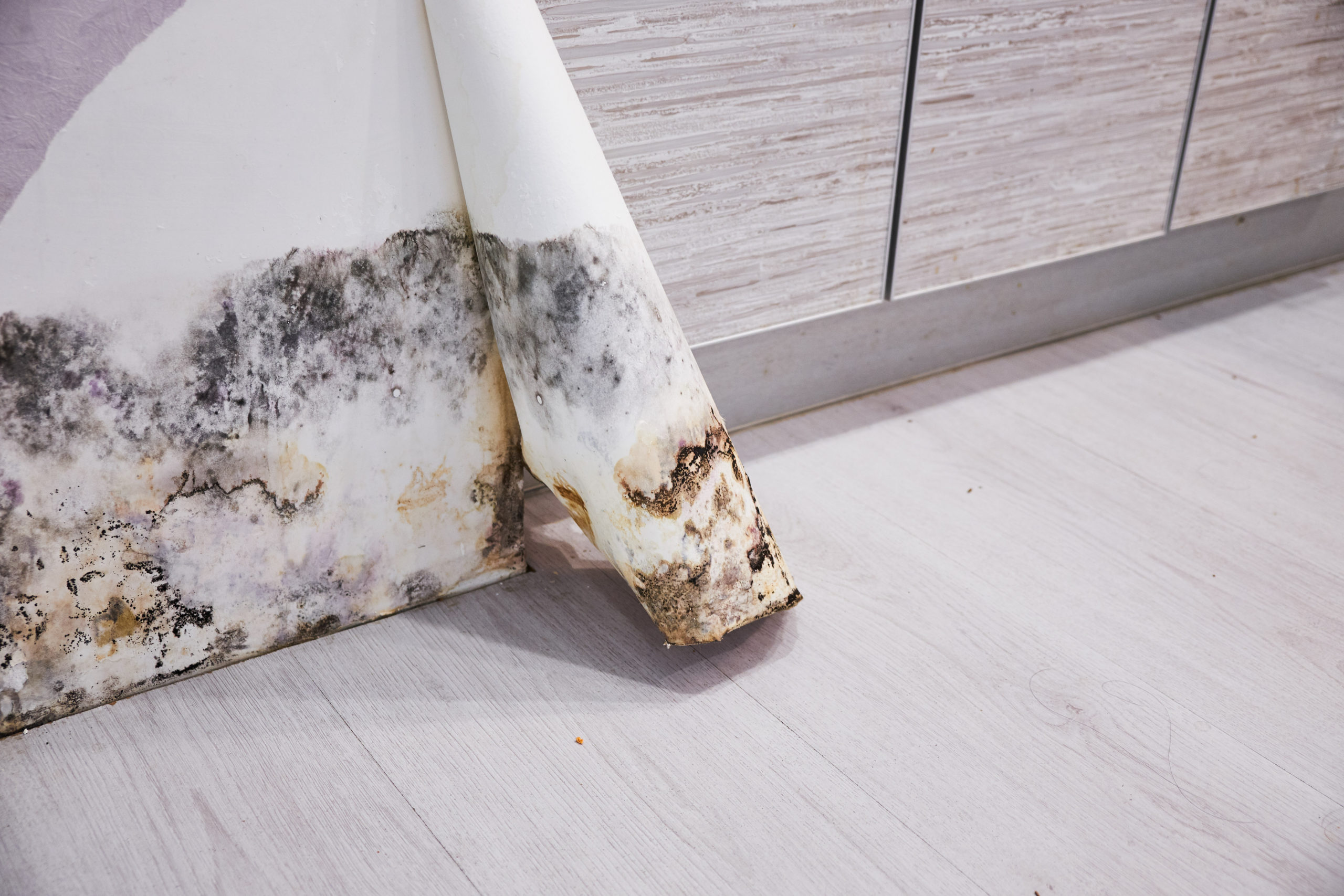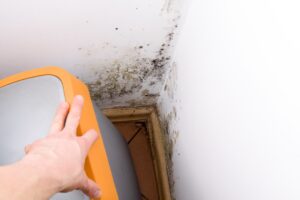Your home is your fortress, but it is also the breeding ground of many microorganisms. Among these minuscule house guests are the health-threatening microfungi Stachybotrys chartarum. These sneaky little creatures are particularly dangerous for people with chronic respiratory conditions. However, the black mold they form can reveal a lot about your home — from house maintenance issues to construction defects.
Deformities on the Wall: Poor Wall Preparation or Outdated House Structure
Black mold can make its way under paint, plaster, and wallpapers. When that happens, it leads to the formation of bubbles and deformities. Also, at some point, the paint may become flaky, and the wallpaper may start to peel.
Usually, this suggests that the wall was not prepared for painting, plastering, or wallpaper hanging. For example, it may mean that there’s no primer or sealer under your wallpapers.
Also, there may be a link between the appearance of black mold and the age of your home. If your house is old, it may not have a vapor barrier in its walls. As a result, paint or wallpapers are taking the vapor’s function by trapping excess moisture.
Eventually, the mold will make its way to the surface of your walls. Therefore, address the problem before it gets out of hand.
Mold Everywhere: Your Home Is a Moisture Trap
Sometimes, mold can take over your house. It can show up on your window frames, doors, walls, and whatnot. That is a clear sign that your home is trapping moisture because of a construction defect.
For example, modern houses with thick insulation panels have a low breathability rating. So, they’re more susceptible to mold.
Another reason for a black mold home invasion is a flooding situation that has occurred in the past. Even if you’ve gotten rid of all the water, your home has already become a moisture-rich environment.
Mold in the Attic: Roof Issues
Attics are a favorite hiding place for mold because they are humid and dark. Fortunately, many roofs rely on passive ventilation that allows air to flow to and from the attic. The constant airflow prevents condensation, and that, in turn, gives no chance to black mold. Therefore, if you see mold marks in your attic, know that the roof’s insulation may be blocking the passive ventilation.
Other times, the problem comes from a leaky roof or a faulty exhaust fan. Either way, you will need to stop the mold from coming back.
Mold Marks Between the Tiles: Non-Sealed Tile Grout
Tile grouts are a magnet for not only dirt and dust but also black mold, especially if they’re set in humid rooms like the kitchen or the bathroom.
Usually, mold marks between tiles are a sign of a leaky shower head or a faucet. Still, they may simply suggest that the tile grout has not been sealed.
Moldy Smell When AC Is On: AC Problems
Black mold can also find its way into your air-conditioning unit if you’re not using it throughout the year. When the AC is off for several weeks or months, moisture starts to accumulate inside it. That creates perfect living conditions for mold.
Furthermore, a moldy smell coming from your air-conditioner may be a sign of a blocked drainage pipe. Such a problem leads to a water leak inside the unit, preventing the AC from dehumidifying the air.
Final Thoughts
Black mold is difficult to remove without the assistance of professionals such as ourselves at Mold Solutions. Preventing this problem from coming back is even trickier unless you know what’s causing it. Getting to the bottom of the issue may also show you what you must fix around your home. You just need to learn how to decipher the warning signs that black mold is giving you.








